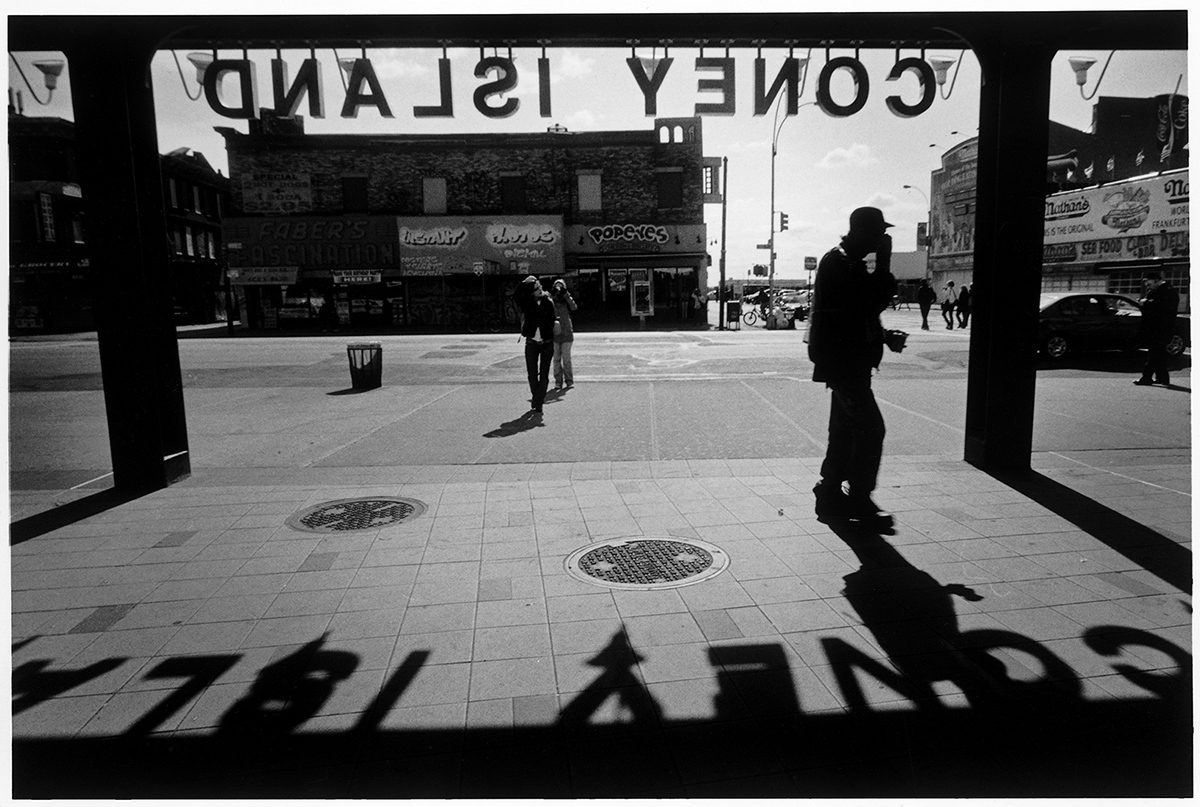
Arriving at the Island I was instantly struck by the dazzling array of lights. It seemed as if they were in conflict. I was struck with the thought that here was what I had been unconsciously seeking for so many years…. On the spot was born the idea for my first truly great picture.
—Joseph Stella
Called at various times in its history “the World’s Greatest Playground,” “the People’s Beach,” and “Sodom on the Sea,” Coney Island’s history is intimately tied to the art and culture of the US. When Italian immigrant painter Joseph Stella first arrived there in 1913, he had been, as he said, “struggling… working along the lines of the old masters, seeking to portray a civilization long since dead.” He discovered what Carey Dunne at Brooklyn magazine calls “a microcosm of American mass culture” that inspired him to start anew.
Coney Island, and its many depictions over the past 150-plus years, has “mirrored the aspirations and disappointments of the era and the country.” From the Civil War through the Great Depression, desegregation, and beyond, the New York institution, with its grimy, sandy pleasures, has presented visitors with a “tableaux of wonder and menace, hope and despair, dreams and nightmares become metaphors for the collective soul of the nation.” Americans who have never visited Coney Island have partaken of its culture, whether they know it or not.
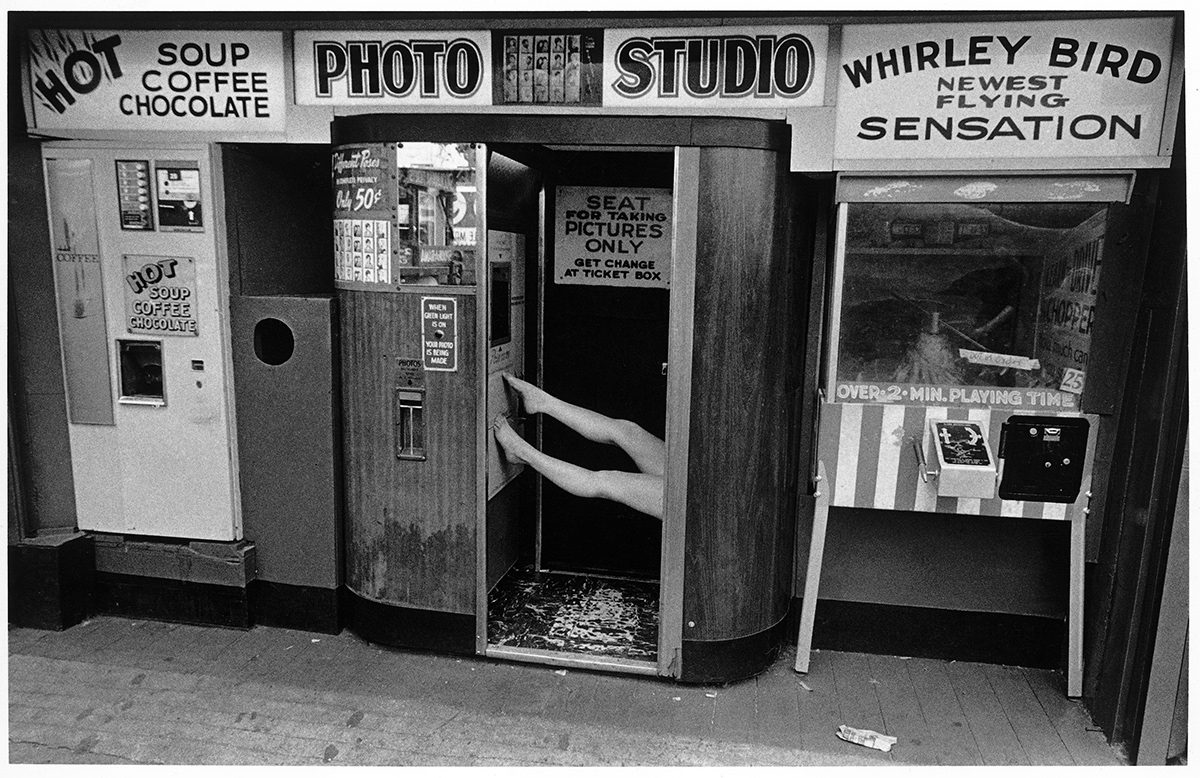
The Brooklyn seaside neighborhood has also been associated with the “some of New York City’s weirdest characters”: a place where everyone is welcome, “exhibitionist mermaids, paintball freaks, fortune tellers, elephant brothel patrons,” and whoever else you might imagine, including people who competitively eat dozens of hotdogs in a single sitting (the current record is 75) for the legendary Nathan’s Famous hot dog eating contest held almost every year since 1972. The hot dog, it’s said, was born in Coney Island and is probably more American than apple pie.
“In contrast to today’s enormously expensive Disney World or Universal Studios,” Jonathan Weinberg writes at Art in America, “Coney Island has always been easily affordable. At its height in the first half of the 20th century, it was the Nickel Empire, where a mere five cents was subway fare to the beach, admission to an amusement ride, or the cost of a hot dog at Nathan’s Famous…. Writer Giuseppe Cautela, in 1925, called Coney Island ‘the ultimate melting pot,’ declaring: ‘Nowhere else in the United States will you see so many races mingle in a common purpose for a common good.”

Not everyone has been so appreciative. Music critic James Huneker, wrote of its “vulgarity” and described it as “the monstrous debauch . . . where New York chases its chimera of pleasure.” Robert Moses wanted to tear it all down and start over. Henry Miller found it a perfect representation of American capitalism:
Everything is sordid, shoddy, thin as pasteboard. A Coney Island of the mind… In the oceanic night Steeplechase looks like a wintry beard. Everything is sliding and crumbling, everything glitters, totters, teeters, titters.
For many Coney Island regulars, these qualities are its main appeal. Subway fares may have climbed precipitously, but Coney Island has mostly remained affordable and accessible to all New Yorkers, qualities that has made it especially appealing to Pittsburgh native and photographer Harry Stein, who first visited as a teenager in the late 1950s. He returned in 1970 and “over the next half a century,” Huck Magazine notes, Stein would amass a singular archive of charming vignettes,” returning over a thousand times to photograph the crowds and characters on the beaches and boardwalk.
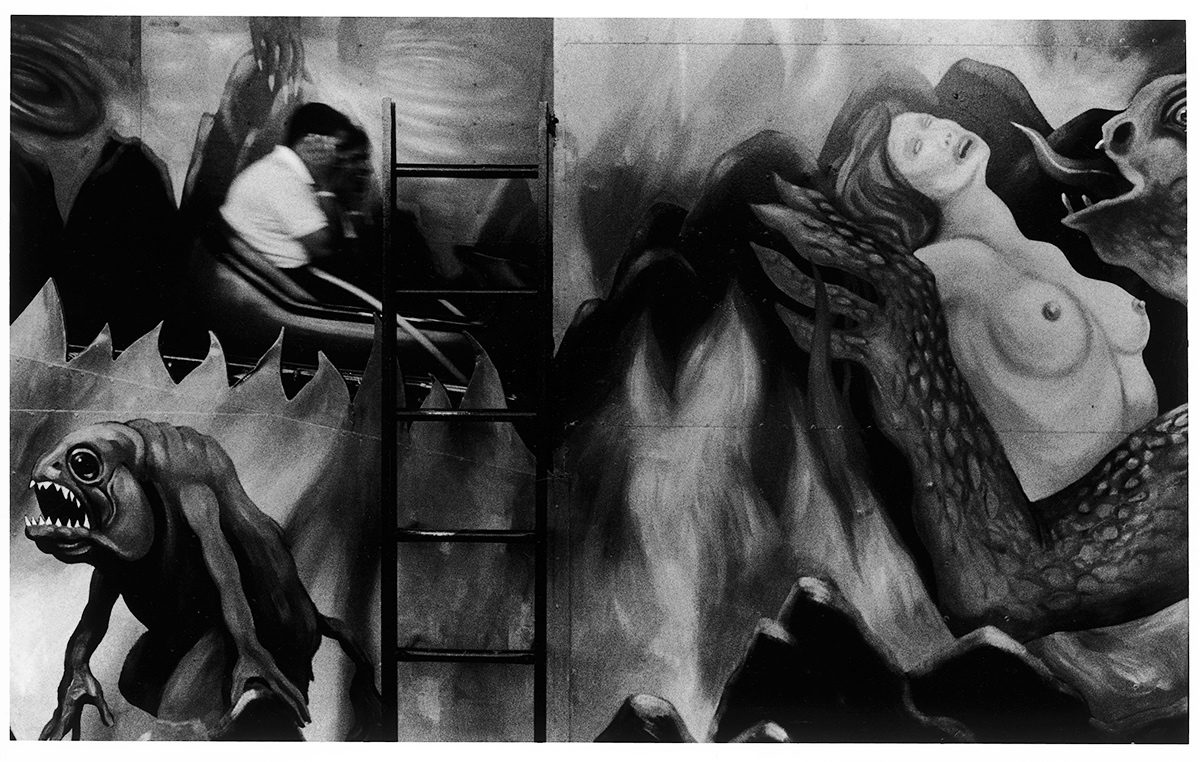
The Island has its darker sides—captured with no more raw immediacy than in Darren Aronofsky’s Requiem for a Dream. Stein has seen it all. “When New York is doing well,” he says, “Coney is doing well. When New York is going through a crisis, so too is Coney. When I began going, it was seedy, funky and sometimes dangerous, especially at night. It is now more family-friendly than in the past. Many of the ‘characters’ of Coney Island are no longer there.” More’s the pity. But, he says, even cleaned up “it remains a fascinating place to spend the day.”
“Coney Island is about people. It’s a melting pot of all sizes, shapes, races, ages, religions behaviors and occupations. The amusements, the sea and the open-air all import a kind of freedom of behavior I don’t see anywhere else… The happiness is palpable,” whether on the face of the first “Hot Dog Queen,” the sequined denizens of the annual Mermaid Parade, or the families from all five boroughs and beyond.

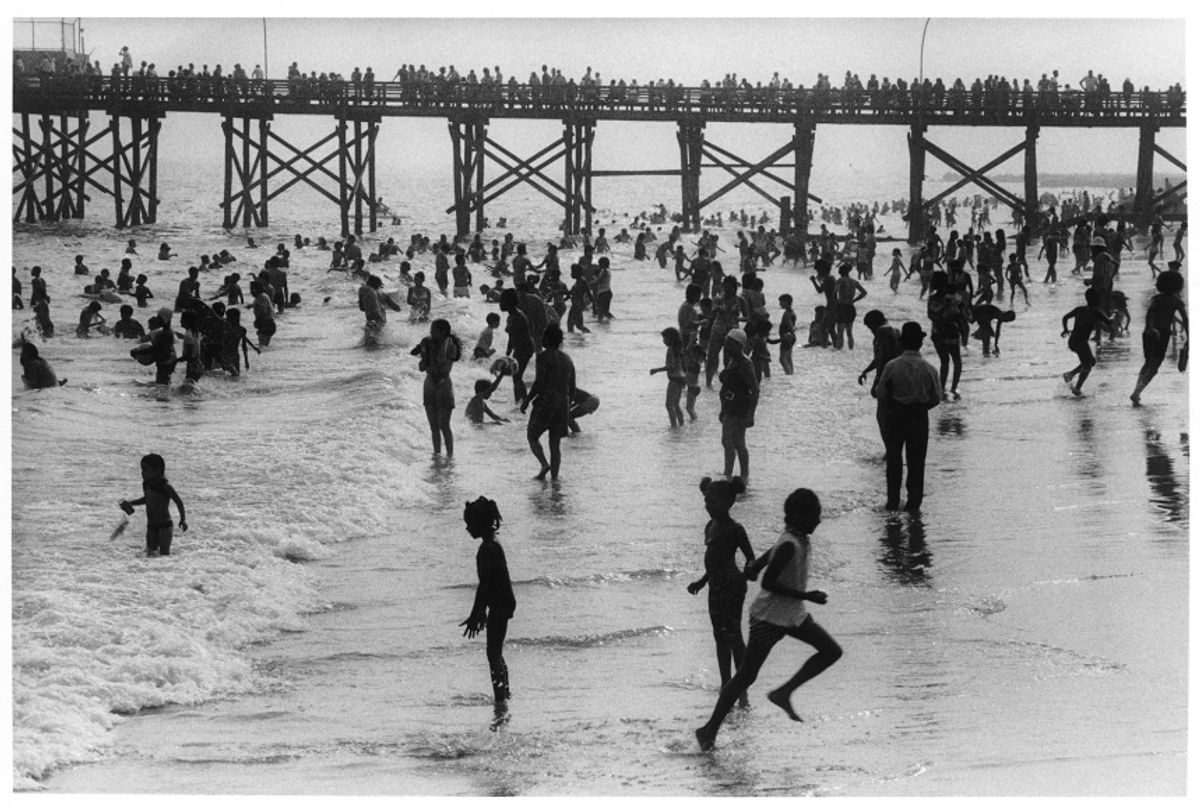

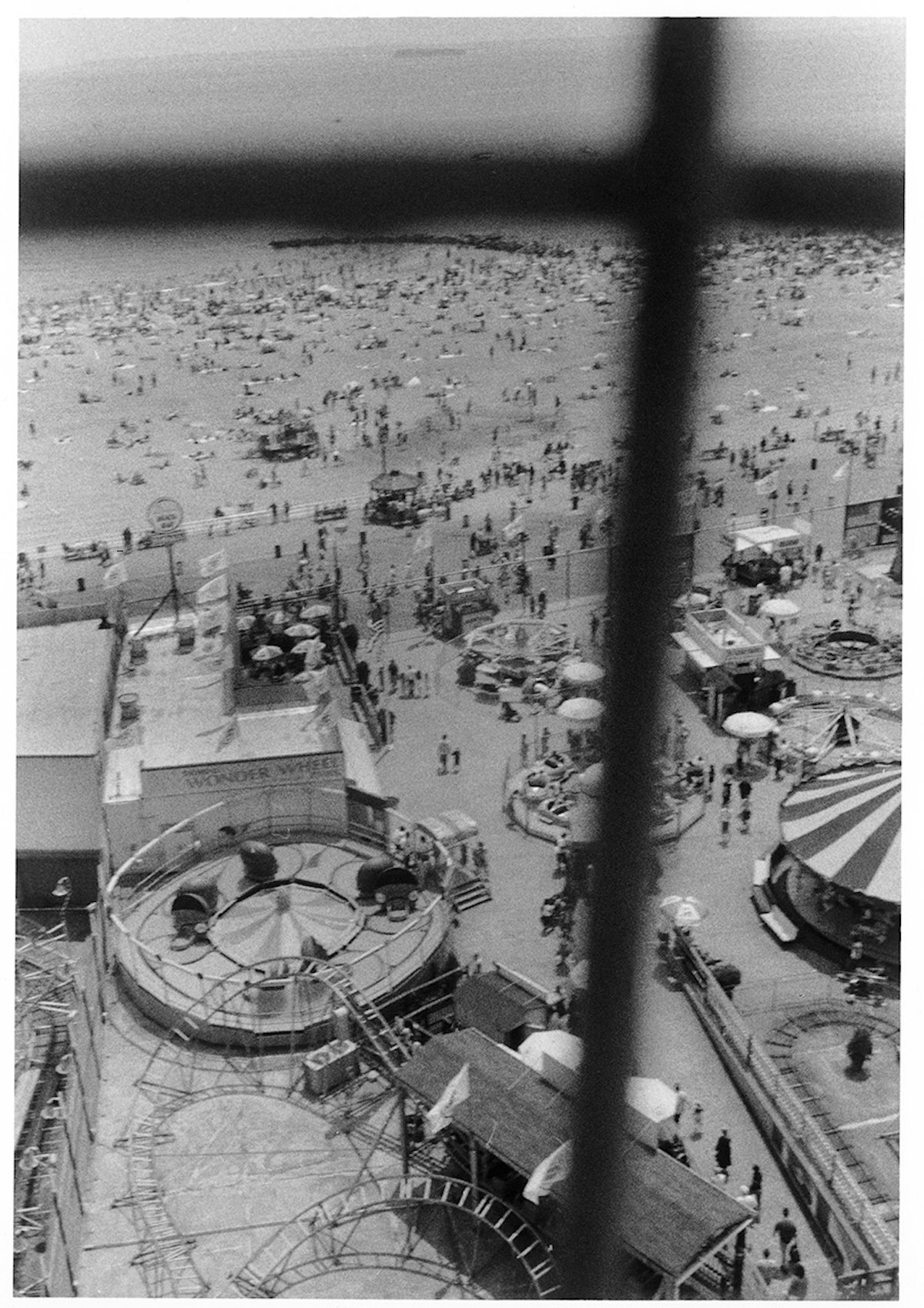
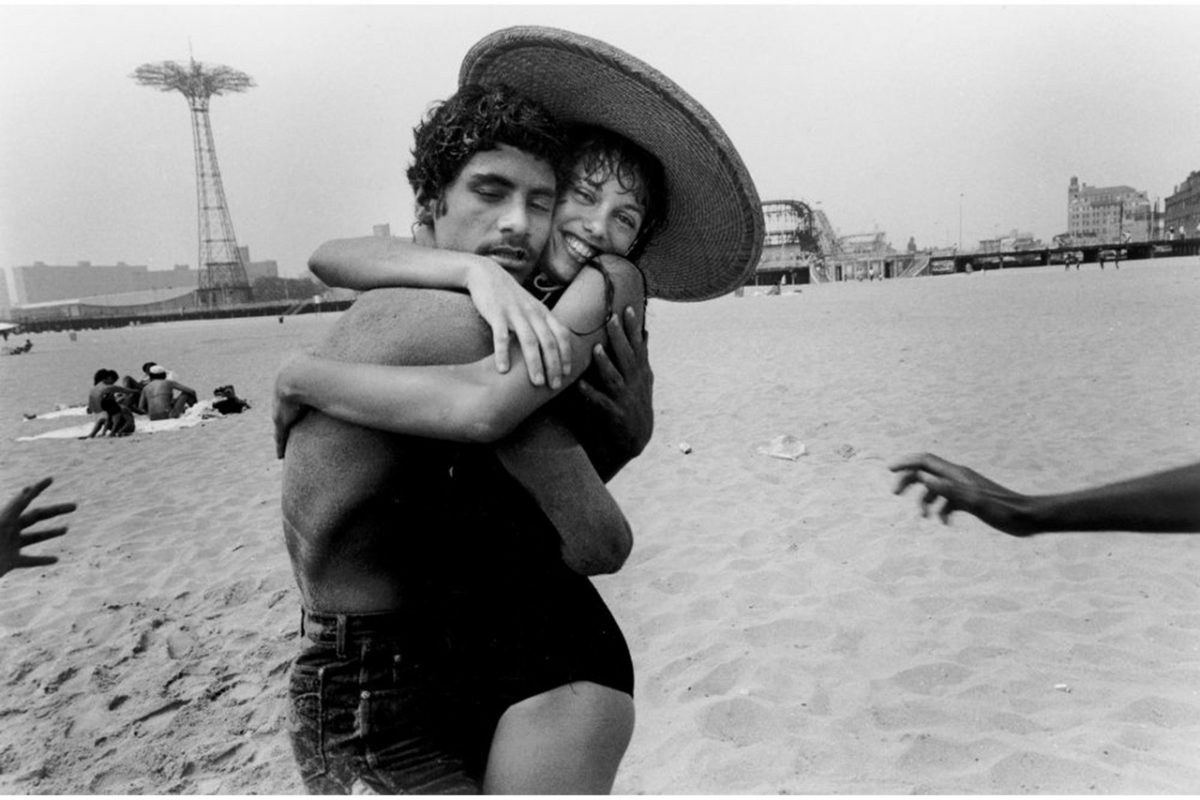
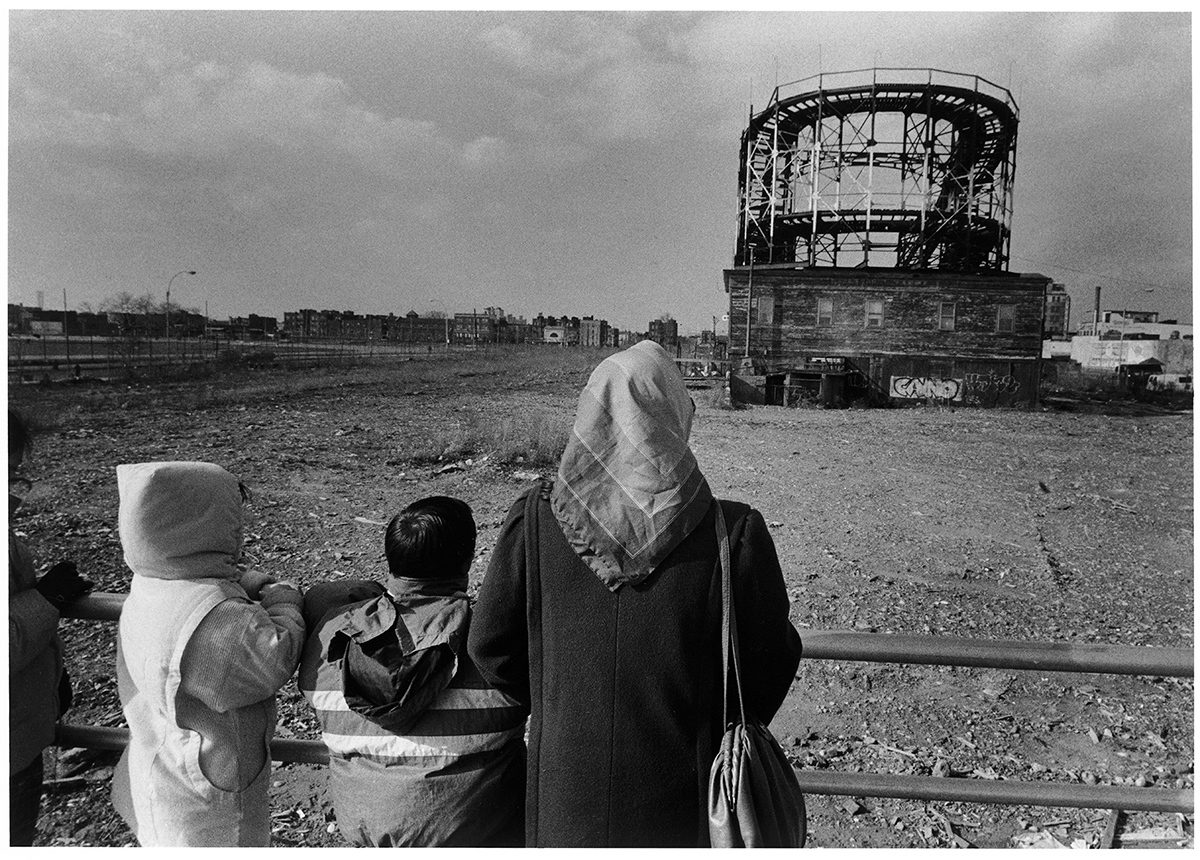
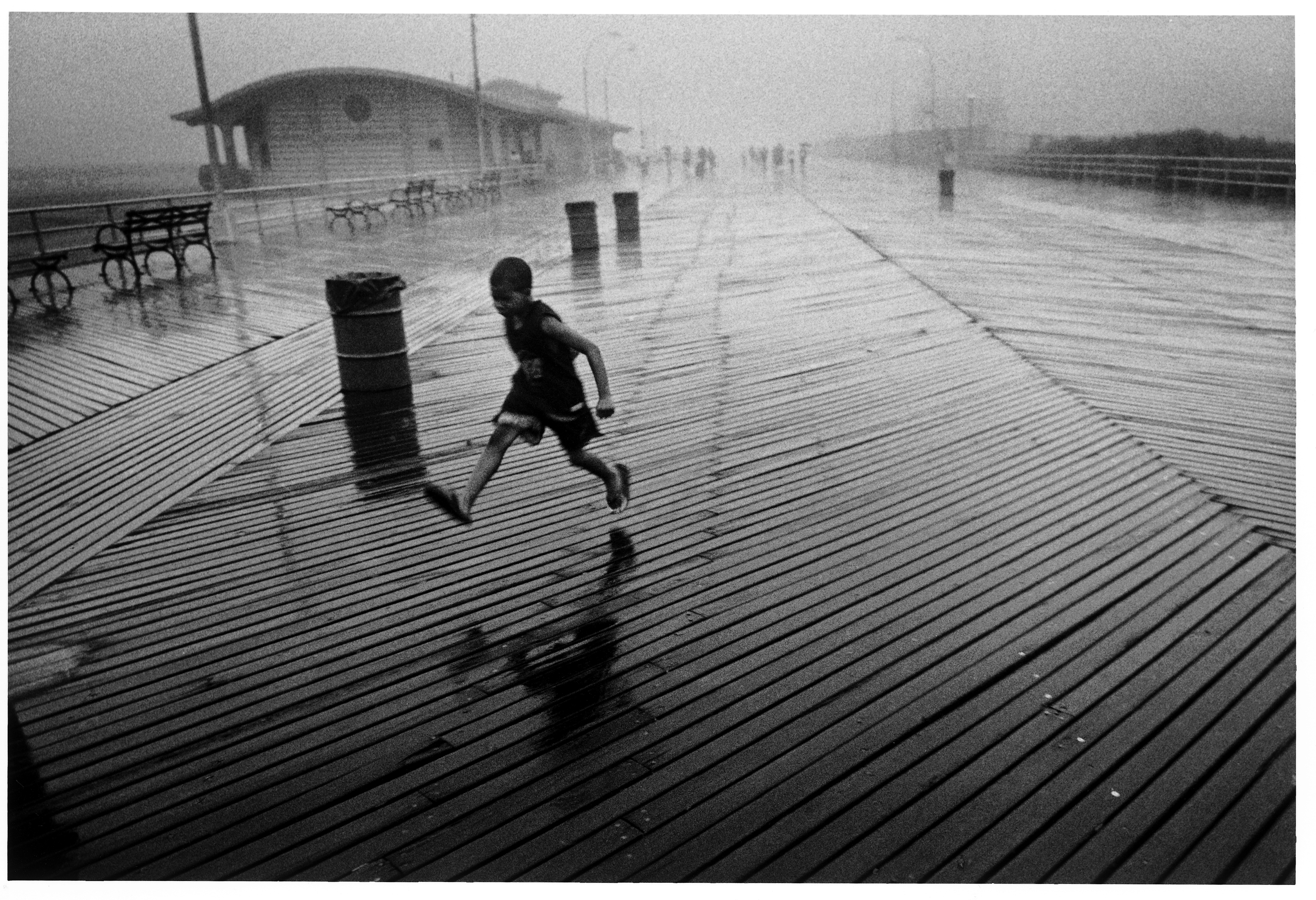
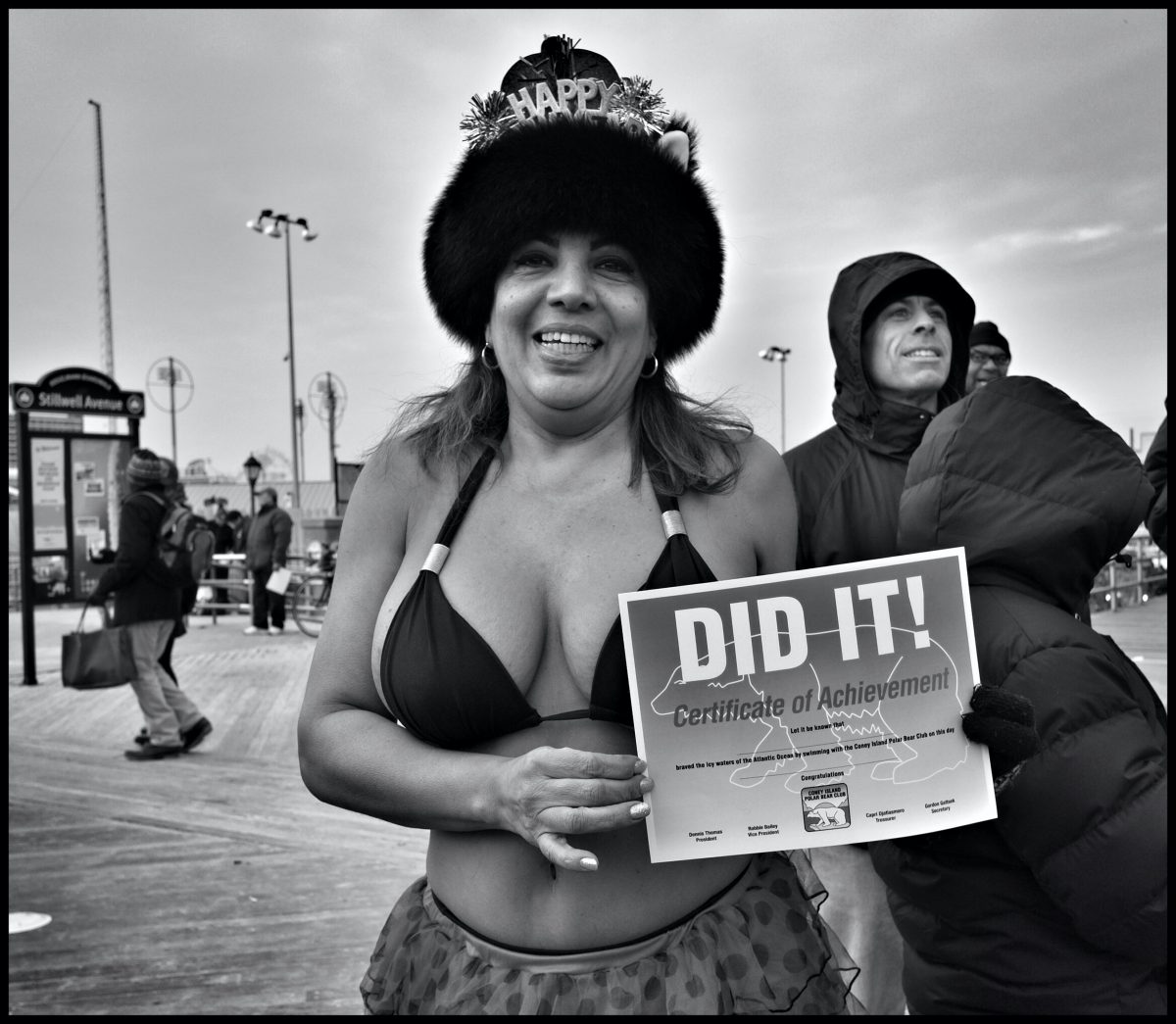
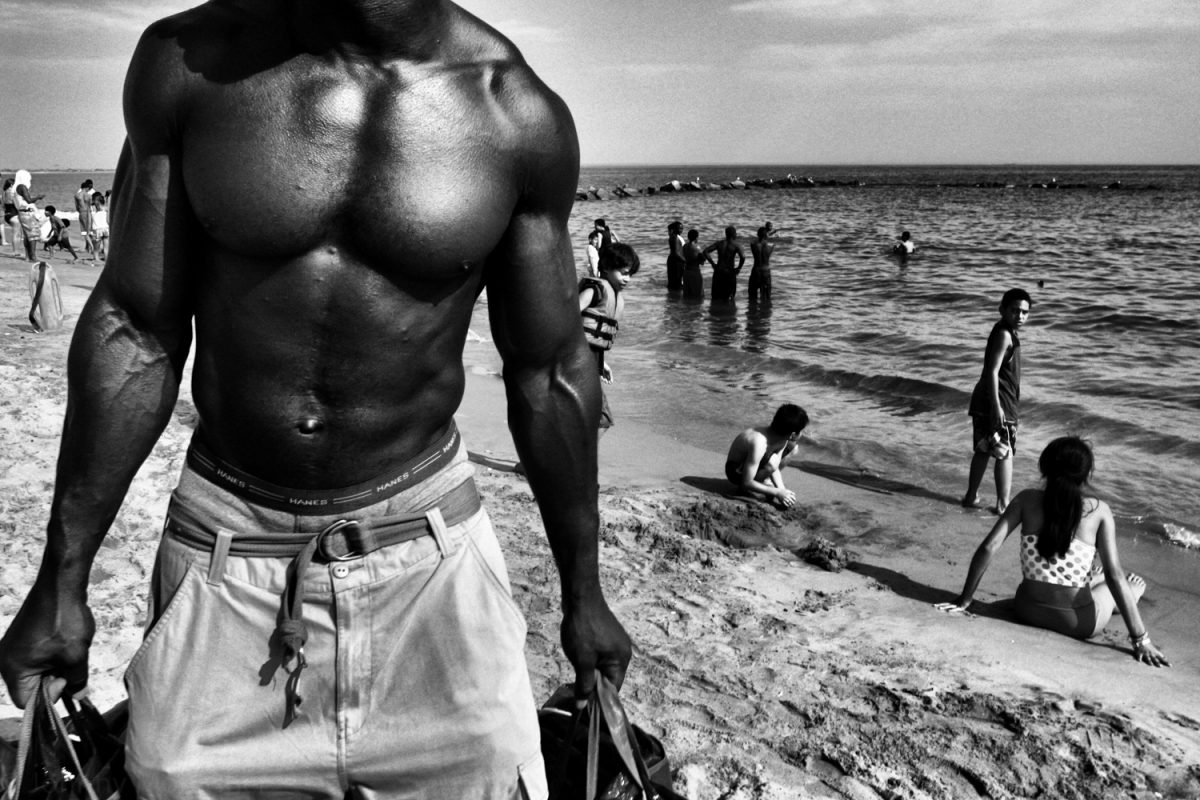
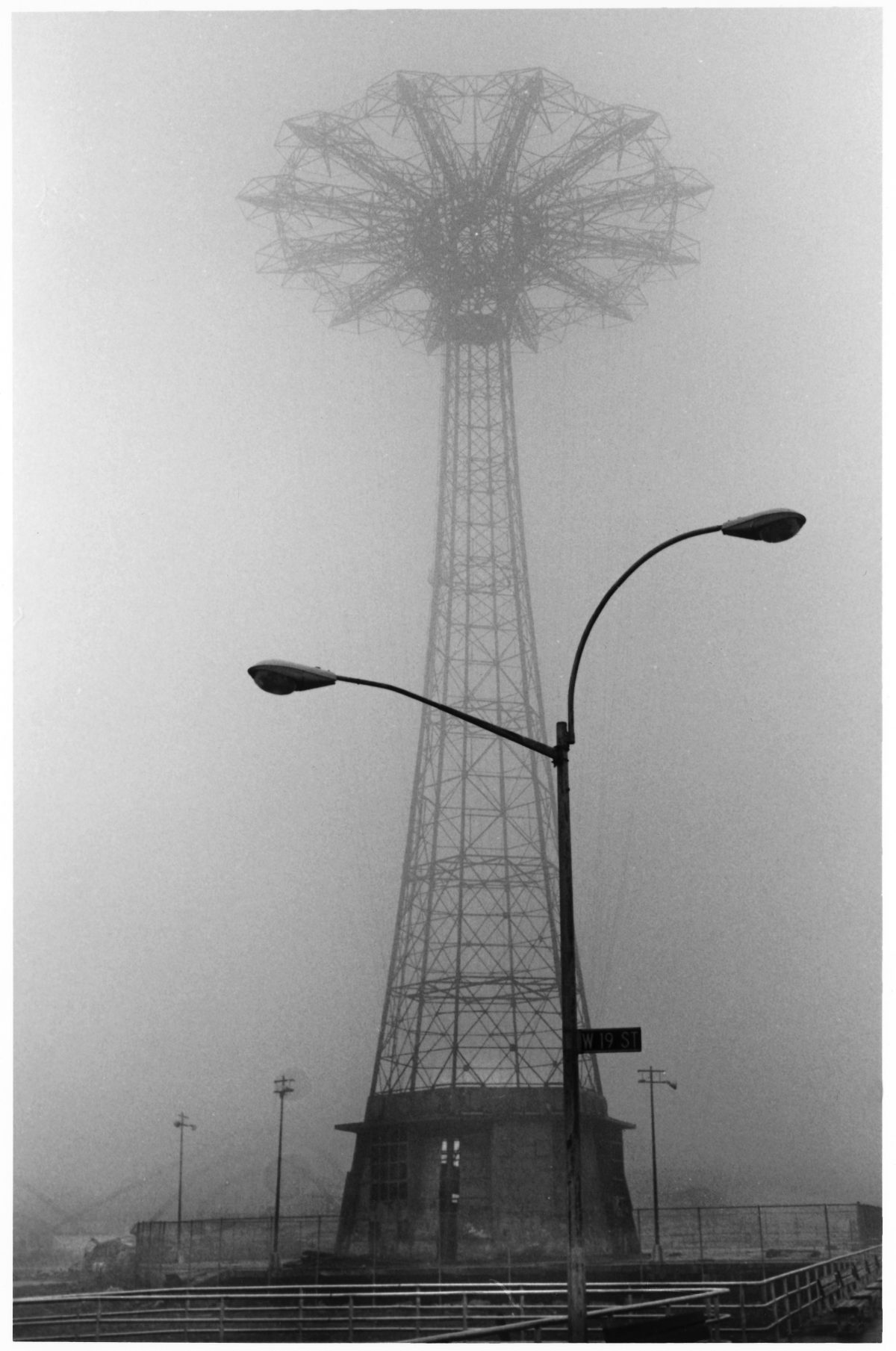

Would you like to support Flashbak?
Please consider making a donation to our site. We don't want to rely on ads to bring you the best of visual culture. You can also support us by signing up to our Mailing List. And you can also follow us on Facebook, Instagram and Twitter. For great art and culture delivered to your door, visit our shop.



